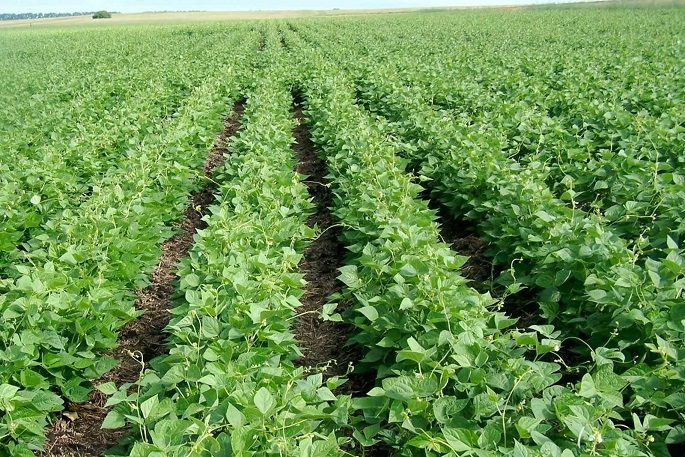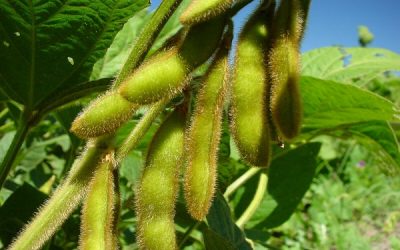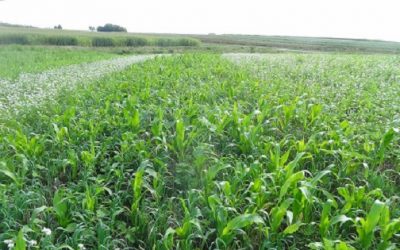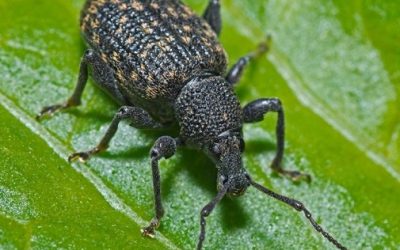Bean farming management

Good bean farming starts with the right seeds, which must be certified for best harvest. Below find a summary on managing the crop.
Fertiliser requirements and application:
At planting, apply 200kg DAP/ha. The fertiliser should be applied in the planting hole or furrow and mixed thoroughly with the soil before placing the seed. Apply 100kg CAN/ha when top dressing initially at the first trifoliate leaf stage and a gain at the onset of flowering.
Application of foliar feed (eg Bayfolan or Rapid–Grow) at fortnight intervals from the fourth week post–planting to mid–poding phase also promotes higher yields.
Use of farmyard manure is recommended especially where soils are low in organic matter. It should be applied in planting furrows or holes and mixed well with soil before planting at a rate of 10 tonnes/ha.
Weed control:
Timely weeding is absolutely essential. The first weeding should be done 2–3 weeks after emergence, followed by a second weeding 2-3 weeks later.
Care should be taken to avoid damaging the shallow roots especially during the first weeding. Also, the crop should not be weeded at flowering time and when the field is wet to avoid flower shedding, spread of diseases and soil compaction.
Use of herbicides may be economically feasible for the commercial bean growers. Herbicides that can be used in bean production include, Lasso 4 EC (Alachor), Stomp (Pendimethalin) and Basagran (Bentazon).
Irrigation
Regular water supply is essential as moisture affects yields. Water stress during flowering reduces yields.
It is advisable to grow beans on ridges and use furrow irrigation in heavy soils since beans are very sensitive to water logging.
It is recommended to apply 35mm of water per week at planting to 10 days post emergence and 50mm/week thereafter to flowering stage.


